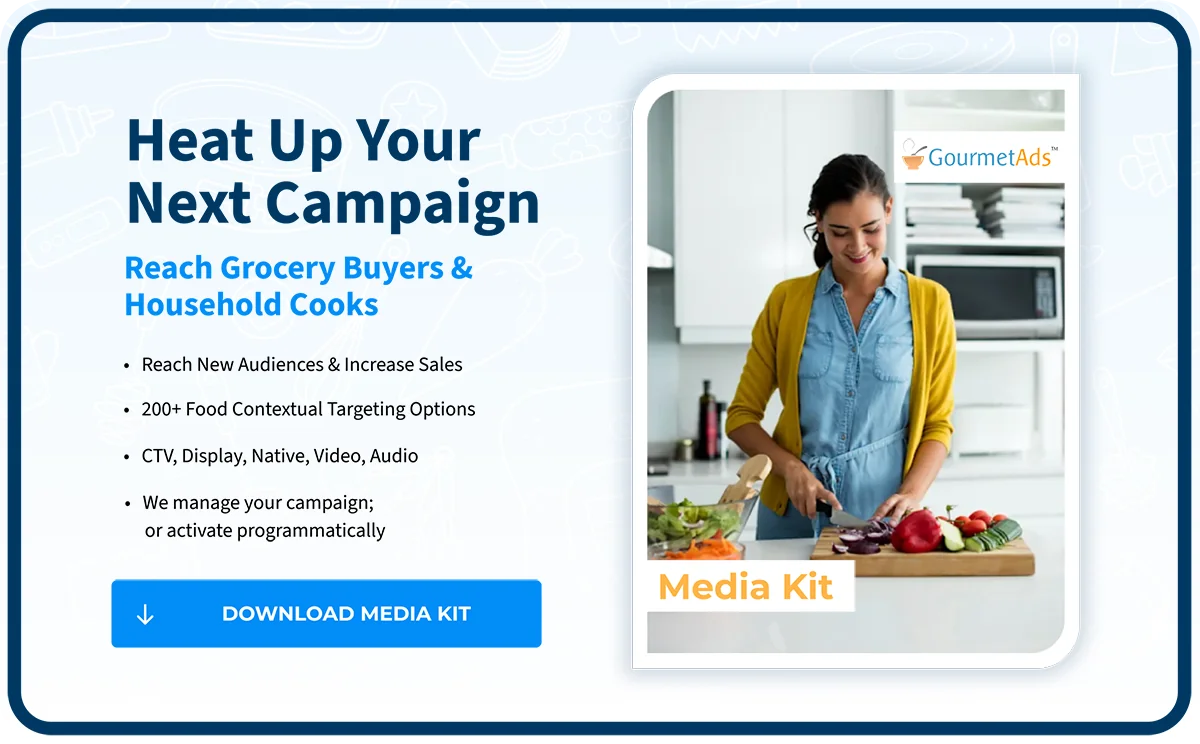Targeting Minority-Owned Publishers
Have you ever heard of the word; minority-owned publishers? You might not, but these are some of the most critical stakeholders in the advertising industry.
Of course, any publisher is essential. But there is a need to pay special attention to these publishers as advertising agencies primarily marginalize them. So who are they? And why do they require special attention?
What does Minority-Owned mean?
As the name suggests, it is the marginalized in a society that own minority-owned publishers. Thus, they possess a 50% shareholding capacity in the publishing company. Also, more than 50% of the company’s losses and profits in such organizations go to the minority owners.
This still begs the question; who can we consider a minority?
The above term is quite generic and requires reinforcement by using supplementary terms. Thus, instead of solely referring to them as minorities, it’s also viable to use the term BIPOC.
This is a more specific acronym and highlights why these people require special recognition. Here is a breakdown of what constitutes BIPOC
Black
The ‘B’ in the acronym represents the black community. These are people of Caribbean or African descent. Nonetheless, some consider the term black as offensive. Thus, in its stead, people commonly use the term African American. Although it assumes that black people hail from Africa, this is relatively neutral.
Indigenous
In the US, the term specifically refers to people who natively inhabited the country. They include:
- The First Nations Community
- Alaska Natives
- The Native American Indians
People of Color
The term is more encompassing than the ones above. It represents all the people who are not white-skinned. Hence, it refers to an extensive category of people that include the following:
- African Americans
- Pacific Islanders
- Hawaiian
- South and East Asians
- Mexican
Others
While the above term represents the minority-owned publishers, it leaves out other critical members of this category. They include the following:
- Women
- LGBTQ communities
- Veteran Owned
- The Disabled
Note the above groups are not necessarily in the BIPOC category. Thus, we can regard a woman or a member of the LGBTQ who is white as a minority owner. The rationale behind this classification is that in almost all societies, these individuals are disadvantaged.
Why is Minority Owned Targeting Needed?
Brand marketers need to grant these publishers business opportunities. Primarily, this is because they are at a disadvantage compared to the other marketers.
Otherwise, they won’t land lucrative deals. This will cause the group to be further isolated. As an organization that aims to improve livelihoods, we have a particular interest in this category.
How do we classify Minority-Owned Publishers?
We understand the essence of assisting minority-owned owners. Thus, we conduct a thorough qualification process via our Publishing team. Once we are sure that a publisher is indeed in the category, we begin the targeting process.
Essentially, this is through categorizing the group and making it more visible to advertisers. This way, they can land deals and profit from their publishing investment.
How do Advertisers Target Minority-Owned Publishers?
At Gourmet Ads, we act as the bridge between minority-owned publishers and advertisers. This is primarily via two categories:
- Programmatic Buyers
- Managed Services offering
We activate the Minority-Owned Publishers in the first category via the deal ID option. Nonetheless, we can add publisher sites to manage domain targeting for the other managed services offering. This is handy in improving the scale factor.
We are here to ensure that minority-owned publishers have a fair chance of landing deals like any other publisher. Also, we ensure that we qualify the publishers, ensuring that only the deserving ones make the cut.
Let’s Get Started !
Let the Gourmet Ads team walk you through all the options available to ensure that your Food, Supermarket, Beverage or Kitchen advertising campaign has the best possible combination of Premium Guaranteed Inventory, Scale, First Party Data, Contextual Targeting and Programmatic Advertising elements.







